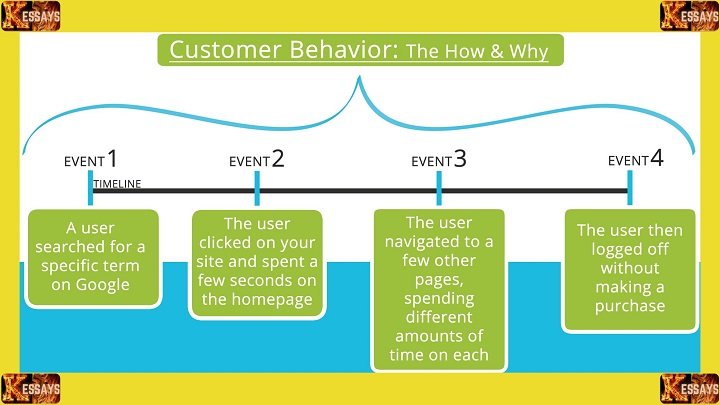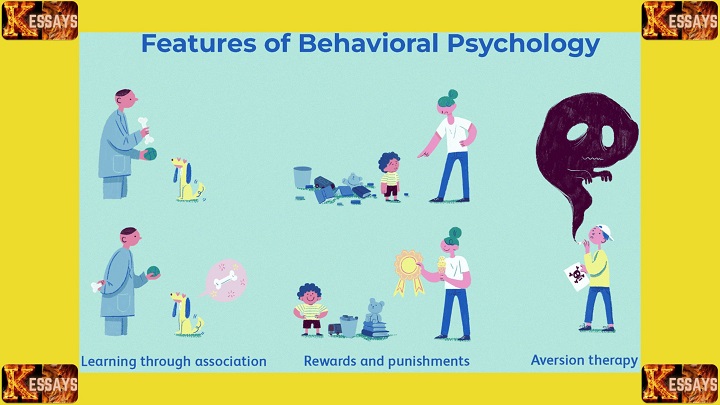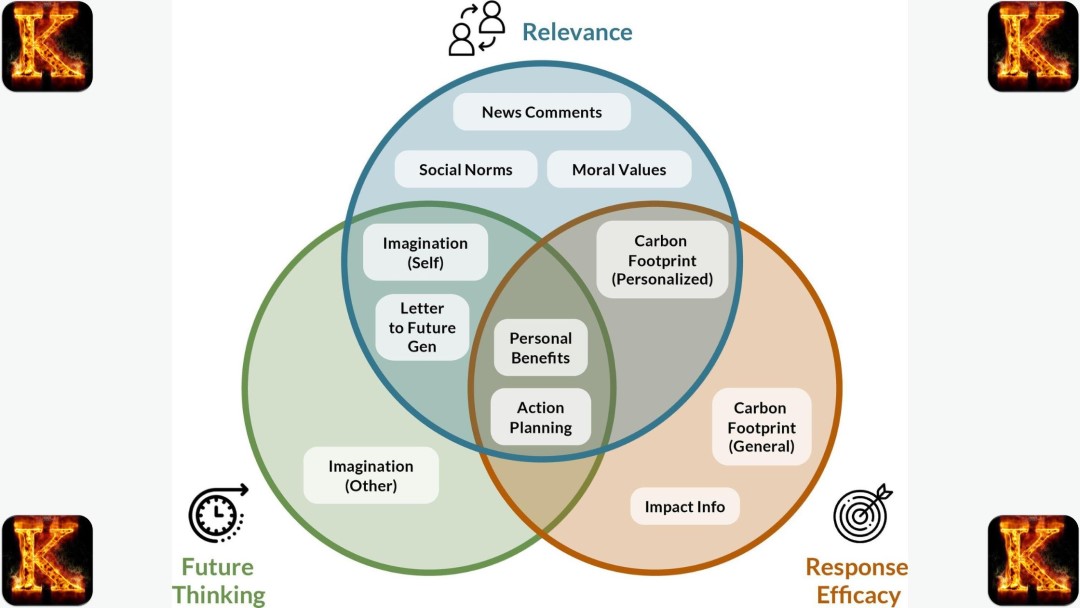Applied Behavior Analysis (ABA) is a scientific and evidence-based discipline dedicated to understanding and modifying human behavior. It applies established principles of learning and behavior to analyze, assess, and implement interventions across diverse settings. Over the years, ABA has gained recognition for its effectiveness in promoting positive behavioral change, from enhancing social and communication skills in individuals with autism spectrum disorder (ASD) to reducing challenging behaviors in educational, clinical, and community contexts.
This article provides a comprehensive overview of Applied Behavior Analysis, examining its foundational concepts, systematic processes, and broad applications. It also highlights the transformative impact of ABA on improving individual functioning, learning outcomes, and overall quality of life.
I. Understanding the Core Principles of Applied Behavior Analysis (ABA)
Applied Behavior Analysis (ABA) is grounded in three core principles that explain how behavior functions and how it can be changed: behavior, antecedents, and consequences. Together, these principles form the foundation for understanding, analyzing, and modifying human actions in systematic ways.
1. Behavior
ABA focuses on behavior as any observable and measurable action or response by an individual. This includes:
-
Verbal behaviors such as speaking or responding to questions
-
Motor behaviors such as walking, writing, or manipulating objects
-
Social behaviors such as initiating interactions or sharing
-
Emotional or expressive behaviors such as smiling or frowning
Behavior does not occur in isolation. It is influenced by the environment, which includes physical surroundings, social conditions, and specific stimuli or events. By examining behavior in its environmental context, practitioners can identify the variables that cause or maintain certain actions.
A key concept in ABA is that behavior is learned and can be modified. Practitioners use evidence-based methods, including reinforcement and punishment, to increase desirable behaviors and decrease undesirable ones. This systematic approach allows ABA to produce consistent, measurable improvements in behavior across diverse settings.
2. Antecedents
Antecedents are the events or stimuli that occur immediately before a behavior and serve as triggers for it. They set the stage for what happens next. Common types of antecedents include:
-
Verbal prompts or instructions (e.g., “Please start your homework”)
-
Physical cues (e.g., a light turning green)
-
Social situations or expectations (e.g., being called on in class)
-
Environmental conditions (e.g., noise, crowding, or lighting)
By identifying patterns in antecedents, ABA practitioners can determine what conditions increase or decrease the likelihood of certain behaviors. Once identified, these triggers can be manipulated to promote positive actions or prevent unwanted ones.
For example, if a child frequently acts out during a noisy activity, adjusting the environment, such as providing clear instructions or visual supports, can reduce disruptive behavior and encourage more appropriate responses.
3. Consequences
Consequences are the outcomes or events that follow a behavior. They are critical because they determine whether the behavior is likely to occur again. There are three main types:
-
Positive reinforcement: Adding a pleasant stimulus after a desired behavior (e.g., praise or a reward) to increase its frequency.
-
Negative reinforcement: Removing an unpleasant stimulus after a desired behavior (e.g., ending a difficult task once effort is shown) to encourage repetition.
-
Punishment: Introducing an aversive consequence after an undesired behavior to reduce its occurrence. This must always be applied ethically and carefully.
ABA practitioners systematically analyze these consequences to understand how they shape behavior over time. By reinforcing appropriate behaviors and reducing reinforcement for unwanted ones, they help individuals develop lasting, adaptive habits.
Read Also: Nursing Policy Proposal on Health Equity Essay
II. The Process of Applied Behavior Analysis
The process of Applied Behavior Analysis (ABA) follows a structured, evidence-based approach that includes assessment, goal setting, intervention, data collection and analysis, and the generalization and maintenance of learned behaviors. Each stage plays a critical role in ensuring that interventions are effective, individualized, and sustainable.
1. Assessment
The assessment phase is the foundation of ABA practice. It focuses on understanding the individual’s current behaviors, skills, and environmental influences. Key activities in this stage include:
-
Direct observation of behavior in different settings to identify patterns and triggers.
-
Interviews with caregivers, teachers, or family members to gather context and insights.
-
Standardized assessments to measure skill levels, behavior frequency, and intensity.
The information gathered helps identify target behaviors; specific actions that need to be increased or decreased. It also provides a baseline for comparing progress and identifies potential reinforcers or punishers that can be used effectively during intervention.
2. Goal Setting
Once assessment data is collected, practitioners establish clear and measurable goals that guide the intervention. Effective goals in ABA are:
-
Specific to the behavior or skill being targeted.
-
Observable and measurable, allowing objective progress tracking.
-
Achievable within a set timeframe, ensuring realistic expectations.
These goals create a shared understanding among practitioners, caregivers, and clients regarding desired outcomes and establish the foundation for evaluating intervention success.
3. Intervention
Intervention is the active phase of ABA, where targeted strategies are implemented to bring about behavioral change. Interventions are individualized and based on the principles of learning and behavior. Common strategies include:
-
Reinforcement: Providing positive consequences, such as praise, rewards, or preferred activities, immediately after a desired behavior to increase its frequency.
-
Prompting: Offering cues or assistance to help the individual initiate or complete a behavior. Prompts may be verbal, visual, or physical and are gradually faded to encourage independence.
-
Shaping: Reinforcing successive approximations of a behavior until the target behavior is achieved. This approach is useful for teaching complex or multi-step skills.
-
Modeling: Demonstrating a desired behavior so that the individual can learn through observation and imitation. This is especially effective in teaching social or sequential behaviors.
-
Functional Communication Training (FCT): Teaching alternative communication methods, such as sign language, picture systems, or verbal requests, to replace challenging behaviors that occur due to communication difficulties.
Intervention strategies are applied systematically and adjusted based on ongoing observation and data.
4. Data Collection and Analysis
Data collection is an essential part of the ABA process. Practitioners continuously gather information to evaluate whether the intervention is effective. Key elements include:
-
Recording data on target behaviors, antecedents, consequences, and environmental conditions.
-
Using tools such as direct observation sheets, digital applications, or frequency charts.
-
Analyzing data using visual graphs or charts to identify patterns and measure progress over time.
Through data analysis, practitioners determine if the current strategies are producing the desired results. If progress is limited, they revise the intervention plan to better meet the individual’s needs. This data-driven approach ensures accountability and continuous improvement.
5. Generalization and Maintenance
The final stage of ABA focuses on ensuring that learned behaviors are applied beyond the therapy environment and maintained over time.
-
Generalization involves transferring the new behavior to different contexts, such as home, school, or community settings. Practicing and reinforcing behaviors in multiple environments helps the individual use the skills naturally and independently.
-
Maintenance ensures the long-term sustainability of behavior change. Practitioners achieve this by gradually reducing prompts and reinforcement, scheduling follow-up sessions, and supporting continued practice of the learned behaviors.
Together, these steps ensure that behavior change is not temporary but becomes part of the individual’s daily functioning.
The process of Applied Behavior Analysis is systematic and evidence-based. It begins with a thorough assessment, followed by measurable goal setting and individualized intervention. Continuous data collection and analysis ensure that decisions are informed and outcomes are measurable. Finally, generalization and maintenance guarantee that positive behavior changes extend to real-life situations and remain consistent over time. Through this structured process, ABA promotes meaningful and lasting improvements in behavior, learning, and overall quality of life.

III. Applications of Applied Behavior Analysis
Applied Behavior Analysis (ABA) is a versatile approach that has been successfully implemented across various populations and settings. Its evidence-based methods are particularly valuable in supporting individuals with developmental, behavioral, and mental health challenges. The following sections highlight the major applications of ABA in practice.
1. Autism Spectrum Disorder (ASD)
ABA is most widely recognized for its effectiveness in supporting individuals with Autism Spectrum Disorder. Through structured behavioral interventions, ABA helps improve communication, social interaction, and adaptive living skills while reducing challenging behaviors.
Key applications include:
-
Teaching functional communication skills such as requesting, labeling, and responding to social cues.
-
Promoting appropriate social interactions, including making eye contact, initiating play, and maintaining conversations.
-
Developing daily living skills like dressing, eating independently, and following routines.
Example:
A child with ASD who experiences difficulty with peer interaction may participate in ABA sessions that teach turn-taking, sharing, and conversational reciprocity, leading to improved social engagement at school and home.
2. Developmental Disabilities
ABA interventions are also effective for individuals with developmental disabilities, including intellectual and adaptive functioning limitations. The focus is on teaching functional life skills, reducing maladaptive behaviors, and promoting greater independence.
Key applications include:
-
Training in personal care tasks, such as brushing teeth, grooming, and dressing.
-
Encouraging independent decision-making and problem-solving.
-
Reducing self-injurious or disruptive behaviors through positive reinforcement strategies.
Example:
An adult with an intellectual disability may work with an ABA practitioner to learn how to prepare simple meals independently, reinforcing each correct step through systematic prompts and rewards.
3. Clinical and Mental Health Settings
In clinical psychology and mental health, ABA principles are applied to modify maladaptive behaviors associated with conditions such as anxiety, obsessive-compulsive disorder (OCD), and attention-deficit/hyperactivity disorder (ADHD). ABA techniques help clients replace ineffective coping patterns with adaptive behaviors that improve functioning.
Key applications include:
-
Reducing avoidance behaviors related to anxiety through gradual exposure and positive reinforcement.
-
Increasing focus and self-regulation in individuals with ADHD.
-
Managing compulsive behaviors in individuals with OCD through structured behavior modification plans.
Example:
A child with ADHD may receive ABA-based interventions to improve attention span and organizational skills by using visual schedules and token reinforcement for task completion.
4. Educational Settings
ABA plays a significant role in education by improving learning outcomes and classroom behavior management. Educators apply ABA techniques to teach academic skills, support students with learning or behavioral challenges, and create structured environments that promote success.
Key applications include:
-
Reinforcing desired classroom behaviors through token economies and positive feedback.
-
Using visual supports, task analysis, and prompting to enhance learning.
-
Reducing disruptive behaviors and increasing time-on-task for students with attention or behavioral difficulties.
Example:
A teacher may use a token system to reward students for completing assignments or following instructions, gradually building intrinsic motivation and classroom cooperation.

IV. The Impact of Applied Behavior Analysis
Applied Behavior Analysis (ABA) has had a profound and measurable impact on individuals, families, and institutions. Its structured, data-driven approach has been shown to enhance daily functioning, promote learning, and reduce maladaptive behaviors across diverse populations. The following sections outline key areas where ABA contributes to meaningful outcomes.
1. Improved Quality of Life
ABA interventions significantly enhance individuals’ quality of life by focusing on functional skill development, communication, and social competence. Through consistent reinforcement and individualized teaching methods, ABA helps individuals become more independent and confident in daily activities.
Key impacts include:
-
Development of essential life skills such as self-care, time management, and decision-making.
-
Improved communication abilities that foster better relationships and participation in social settings.
-
Increased autonomy and independence in performing daily routines.
Example:
An adolescent with limited communication skills may learn to use picture exchange or assistive technology through ABA, enabling them to express needs effectively and engage more fully in school and family life.
2. Increased Learning Opportunities
ABA provides a structured, individualized framework that supports learning across various developmental levels. The approach emphasizes breaking complex tasks into smaller, teachable components, making skill acquisition more manageable and measurable.
Key impacts include:
-
Creation of optimal learning environments tailored to individual strengths and needs.
-
Enhancement of academic and cognitive skills through repetition, reinforcement, and feedback.
-
Promotion of generalization, allowing learned skills to be applied across settings such as home, school, and community.
Example:
A student struggling with math may receive ABA-based instruction that breaks problem-solving into clear, sequential steps, with positive reinforcement for each correctly completed stage, ultimately improving mastery and confidence.
3. Effective Behavior Management
One of ABA’s strongest contributions lies in its ability to manage and modify challenging behaviors. By analyzing the antecedents (what happens before a behavior) and consequences (what follows it), practitioners can identify the function of the behavior and design targeted interventions that replace it with more adaptive alternatives.
Key impacts include:
-
Reduction of disruptive or harmful behaviors through positive reinforcement strategies.
-
Implementation of proactive behavior support plans based on data-driven analysis.
-
Strengthening of adaptive skills such as self-regulation, cooperation, and problem-solving.
Example:
A child exhibiting tantrums in response to task demands may be taught to request breaks or assistance appropriately, reducing emotional outbursts and improving cooperation.
4. Evidence-Based and Scientifically Validated Practice
ABA is rooted in empirical research and guided by data-based decision-making. Each intervention is continuously monitored and adjusted to ensure effectiveness, reliability, and ethical application.
Key impacts include:
-
Reliance on measurable data to assess progress and outcomes.
-
Use of validated techniques supported by decades of behavioral research.
-
Continuous evaluation and modification of intervention plans to ensure sustained improvement.
Example:
An ABA program for a classroom may include ongoing data collection on students’ engagement levels, allowing educators to refine strategies and maintain evidence-based instruction.


Comments are closed!